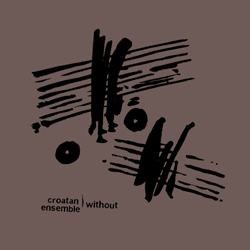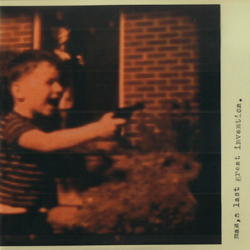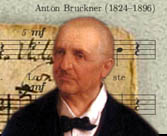First, much of my recent listening has been to podcasts, and I have found a few, available via iTunes, which have filled my time or look like they will in the future
Guardian music weekly - a half hour or so of banter, a couple of interviews, a lost pleasures section (to be named) and a singles review. The music comes in snatches (a minute or so of the 3 reviewed singles, a minimontage of other releases, bits in the interviews) but it is a very enjoyable show.
WNYC soundcheck - about an hour a day of comment, live performances and interviews. A very wide remit from classical through hiphop to latin. Not always right up my alley, but nicely varied to give some good listening.
NPR All songs considered - like an expanded Soundcheck: mainly because it has an hour a week to go into depth. Have only recently found it, but their The Beatles 40th anniversary special was stronger than Soundchecks, for example, and they devoted 2 hours to 1000 recordings to hear... They also feature extensive music samples.
NPR Live concerts: now this is a find, concerts by Bjork, Nick Lowe, Radiohead, Bon Iver, Tom Waits, Fleet Foxes and many many more. Excellent.
I've been listening to a lot of classical music lately, partly due to the generosity of Bigpond here in Australia. It now has DRM-free MP3s and a generous pricing of classical multidisk sets: they charge standard album prices irrespective of the number of disks. Which can be a minor problem as, mentioned before, they don't include the disk number in their ID3 tags. Some recent pleasures are Bernstein's The Americans set (all 20th century), some Hindemith and a full set of Shostakovich symphonies. At the moment they have a 50% discount on gift vouchers, which means a set costs $8aus. I am looking forward to a voucher for Xmas and have planned to download the full symphonies of Nielsen and Miaskovsky, more Hindemith, some Lutoslawski, complete Dvorak quartets and maybe even some single albums!
Helping me decide is another present - Alex Ross's The rest is noise - an award winning survey of 2oth century classical music.
Anyway, have a great break and the blog will be back reviewing in the new year.












